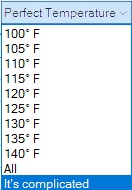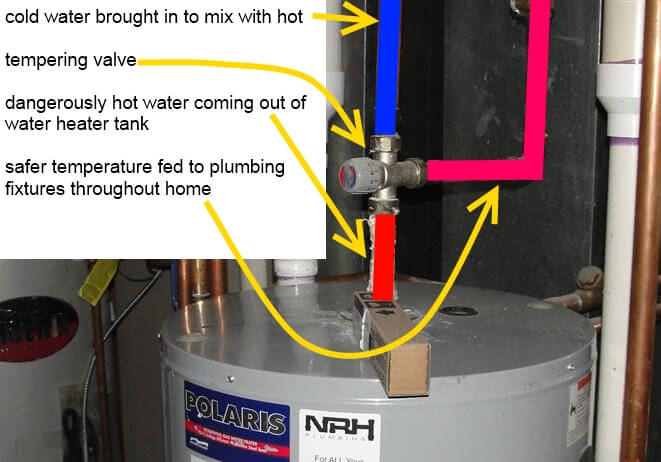Nine recently confirmed cases of Legionnaires' disease in Hopkins, MN reminded me of an old blog post that I thought would make for a timely re-blog, along with some updated information. First, here's the story about the recent cases in Hopkins: http://www.startribune.com/mdh-hopkins-warehouse-and-fountain-under-investigation-as-possible-source-of-legionnaires/393567731/. As mentioned in the story, Legionnaires' disease resembles a severe case of pneumonia and is spread by inhaling the fine spray from water sources containing Legionella bacteria. In your home, the source of that bacteria could be your water heater, especially if you turn your water heater temperature down to the "vacation" setting when leaving for extended periods of time. The people who are most at risk for Legionnaires' disease are those over 50, smokers, or those with certain medical conditions.
According to LegionellaPrevention.org, legionella bacteria can grow at temperatures from 68° F to 122° F, but the ideal growth range is between 95° F and 115° F. When it comes to preventing legionella bacteria growth, hot water is better. Legionella bacteria cannot multiply at temperatures above 122° F, and are killed within 32 minutes at 140° F. So crank up the water heater as high as it will go, right? No, of course not. That would create a scald hazard. Water heater manufacturers put a warning on water heaters saying the water temperature should not exceed 125° F to help prevent "severe burns instantly or death from scalds". Their words, not mine.
So what's the perfect temperature for your water heater?

Unfortunately, there's no simple answer. The American Society of Sanitary Engineering Scald Awareness Task Group released a white paper many years ago on this topic, which essentially says that there is no perfect temperature to set your water heater to. Part of the reason is that traditional tank-style water heaters don't keep the water in the tank at an exact temperature; there is a temperature "band" that tank water heaters maintain. At the beginning of a heating cycle, a water heater set to 120°-ish might start at 115° F, and might get up to 125° F at the end of its heating cycle. There's more to it than just that, but the point is that water heaters do not produce constant temperatures.
If the water in a tank is kept below scalding temperatures, there is a potential for Legionella bacteria growth. Ideally, the temperature in a water heater tank should be cranked way up to 140° F or higher, but now we're back to the scald hazard thing. One solution is to have a hot water tempering valve installed for the entire home.

This valve would be installed right at the hot water outlet of the water heater. It would allow the water heater to be cranked up to a scalding 140° F, which would be sufficient to kill bacteria and would extend the capacity of the hot water tank, while at the same time reducing the temperature of all of the hot water throughout the house. Click the following link for more information about these devices: http://media.wattswater.com/F-MXV.pdf . While these devices won't guarantee safe water temperatures at every fixture, they'll get you a lot closer.
If you want more hot water out of your water heater and you want to reduce the risk of Legionella bacteria growth, hire a plumber to install one of these mixing valves at your water heater and turn the temperature up on your water heater. I should also mention that point-of-use thermostatic mixing valves should ideally be installed at the faucets for the highest level of safety… but I'm pretty sure I've never seen a home fully outfitted with those.

